[am4show have='p8;p9;p11;p38;p72;p77;p92;' guest_error='Guest error message' user_error='User error message' ]
Week 20: Work, Energy, Power, Hydraulics/Pneumatics & Mechanical Challenges
Mechanical engineers spend their time converting energy into a useful form. Energy is the mover and shaker of the universe. Heat from the Sun, sounds from your radio, riding a bike and watching a movie are all expressions of different forms of energy. Energy can be stored in many different forms; kinetic (moving), potential ("could"), thermal (heat), chemical (in molecular bonds), electrical, electrochemical, electromagnetic, sound and nuclear. Energy and force are related, but they are not the same thing. Energy is the work done by a force. Power is the rate at which work is done. Ready?
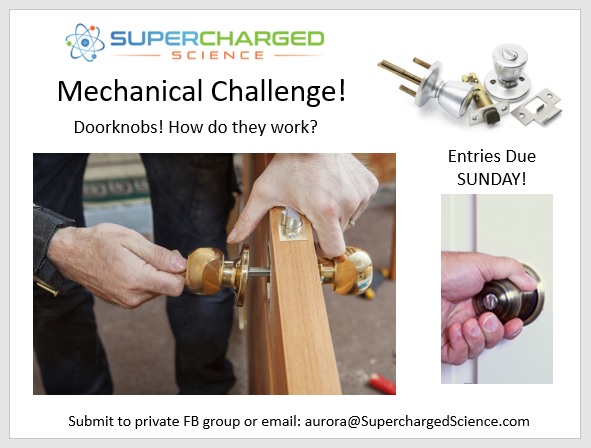

Week 21: Renewable Energy (Solar, Wind, Geothermal, Biomass, Tidal Power, Ocean Energy) & Roaster Racer Challenge
Scientists are now working on substitutes for traditional methods of generating power. For example, they have already figured out ways to use alcohol instead of fossil fuels, coal instead of wood, and petroleum instead of whale oil. And every day we’re getting better and better… today, we’re going to look at how to get energy from the sun, wind, ocean tides, trash, and more. We'll discover new and innovative ways of finding energy, like when a car drives down the road and the tires squish the pavement, if it's on the right kind of road, that "squish" can turn into electricity to power the streetlights! We’ll take a look at how to get at the energy locked in chemical bonds and figure out how run a car on just sunlight and water. And how a teenage girl won a prize for figuring out how to make jetfuel from algae.
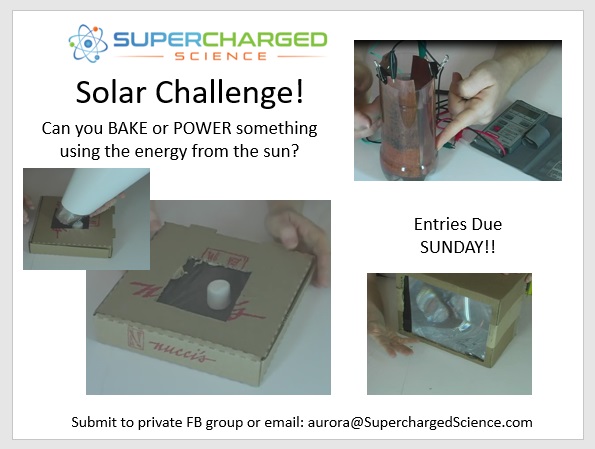
Week 22 Electronics: Circuits, Components, and Schematics
This week, we’re doing a SPECIAL BONUS set of experiments that will highlight the fundamental basics of electronics (without getting lost in programming). You’ll get to make your own electrical circuits with Brian! Refer to the second page of the Material Shopping List for special items you'll need for this week.
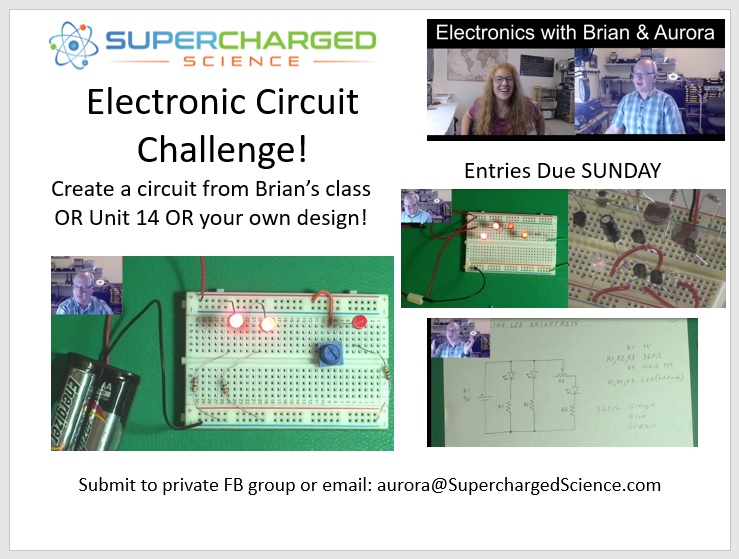
Week 23: Thermodynamics: Heat, Temperature, Phase Shifts & Steamboats
If you ever wanted to make it rain indoors, boil room temperature water, figure out the triple point of water, and get your kids to take a bath on command, then this is the right place for you! If you put an ice cube in a glass of lemonade, the ice cube melts. The thermal energy from your lemonade moves to the ice cube. Heat moves from hot to cold, and in our labs, we're going to discover how to use this when we build steamboats, heat engines, and more!
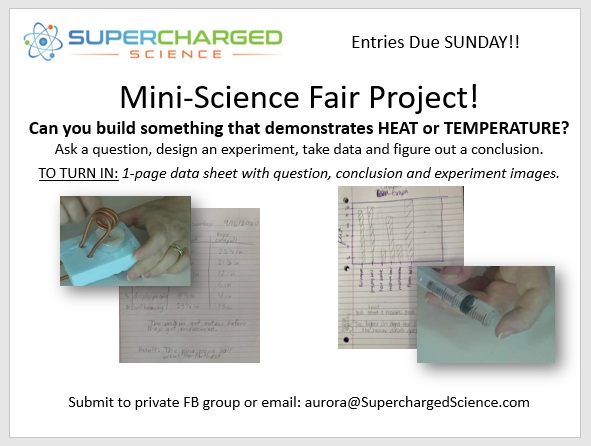
Triple Point of Water
The triple point is where a molecule can be in all three states of matter at the exact same time, all in equilibrium. Imagine having a glass of liquid water happily together with both ice cubes and steam bubbles inside, forever! The ice would never melt, the liquid water would remain the same temperature, and the steam would bubble up but not melt the ice. In order to do this, you have to get the pressure and temperature just right, and it’s different for every molecule.
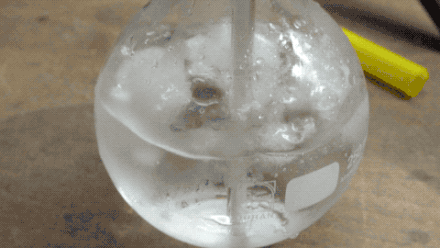

How to make a Data Table
This is an excerpt from the Thermodynamics Part 2 class recording (above) that highlights how to make your own data table for any science experiment you want to do. Use this format for our weekly challenges that ask you for a question, experiment set up, data log, and conclusion (answer to your question). You'll be surprised how quick and easy it is to do real science!
BONUS Car Efficiency Lab
We’re going to take a look at the energy your gas-powered car uses by looking at how fuel energy is transferred from the engine to the wheels. You will discover your car engine’s thermal efficiency and mechanical losses, and measure the effects of rolling friction and aerodynamic drag
Bonus Math Content before Class Starts
Sometimes I'll present mini-math puzzles, challenges or concepts that focus on logic, numbers, or geometry to the students. We don't usually go over these in detail during class, so I thought I'd put a copy of these here. If you really want to do more of these, find Unit 24: Mathemagic.
Fun Math Puzzle!
Draw this picture (left) on your paper and see if you can place all 7 pennies. You can use scraps of paper, bits of cereal, or raisins - free free to get creative here!
Look at the rule : no jumping or hopping, and the pennies have to travel in a straight line (no turns)! Start your penny on an empty circle and move it to another circle by sliding it along a line.
HINT: The blue lines are there so you can visually draw this out easier (it looked really busy when they were all black). They don't mean anything else, it was just to help you draw this for yourself on your sheet.
Once you've mastered this one, can you make your own version by connecting different circles? Have fun!
[/am4show]

